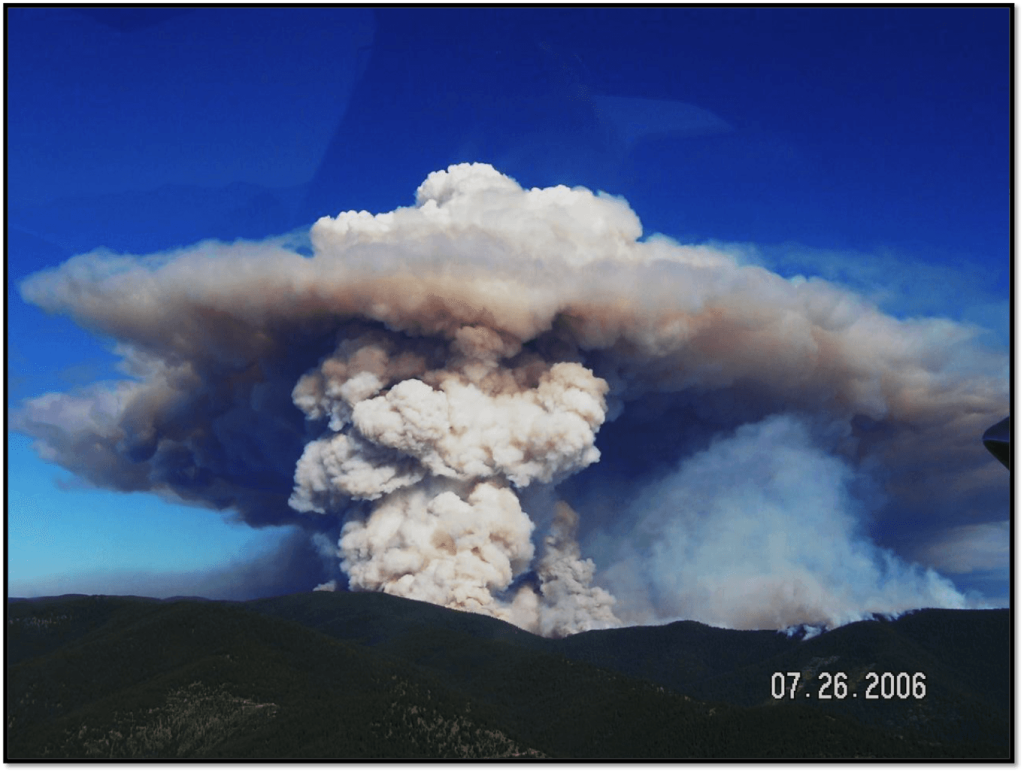
The worst experience I’ve ever had with wildfires was smoke impinging on a vacation to New Mexico. But for people who live in the western US, wildfires are a part of life. As an editor at The Conversation, I’ve commissioned a few articles to explore the theme of adapting to intense wildfires in the West.
For starters, wildfires in the West are getting worse. Anthony LeRoy Westering from UC Merced wrote a paper ten years ago that established a clear link between a warming climate and wildfires in the western U.S. Then in May, 2016 he published a historical review of how and why fires have changed since the 1970s and ’80s.
The number of fires hasn’t gone up but they’ve become more intense: bigger, longer and more damaging. The basic reason comes down to temperatures: the warmer the winter, the less snow pack, the drier the forest, the better conditions for big fires.
The implications for the future are clear: climate change is raising the chances for more severe fires. When his latest peer-review paper came out, he wrote an article for a lay reader, which I edited and you can read here.
There are, of course, a lot of other reasons for the intense – and increasingly expensive – wildfires we’ve seen in recent years. Top among them is a policy of fire suppression. Following devastating fires in 1910, the US Forest Service adopted a policy of stopping fires as much as possible. It’s one reason forests became denser and more loaded with fuel.
Does that mean we can we restore forests to their “natural” state, a time when fires benefited ecosystems and led to healthy regrowth?
To answer that question, I turned to Stephen Pyne from Arizona State who is writing a history of fire in the western US. In theory, thinning forests will make forests less prone to massive fires but putting this into practice is very complex, I learned.
Each type of tree has its own fire regime – what works for Ponderosa Pine in the Rockies, for instance, will not work in the shrublands of California – and forests are changing over time anyway. Plus, there will always be people who oppose letting fires burn, either because of the potential for damage to property or wildlife. He describes the mashup – a mix of old and new practices – that many forest managers are now adopting.
And finally, an article from the front lines. Forest ecologist Susan Prichard from the University of Washington and the US Forest Service describes the shocking impact that a series of huge fires has had on her community in Methow Valley in eastern Washington over the past decade.
She also offers some good news: her research shows that thinning and prescribed burns have shown to be effective in restoring the mixed ecosystem of forest, grassland, shrubland and dense, multi-layered forest that was once more common. That change has shown how it is possible to make the forests – and the communities that live in them – more resilient to powerful fires.